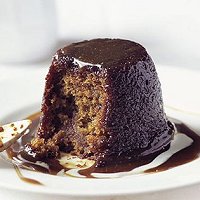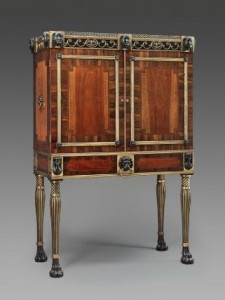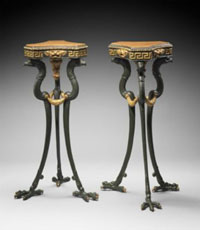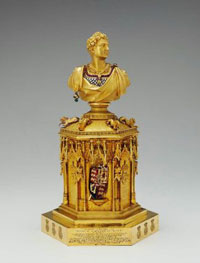Since I’m not on the schedule for next week’s Jane Austen week, I thought I’d get a Jane Austen post in a little early.
 Although Jane Austen was not widely traveled, her characters did get around and Miss Austen was very particular about getting the details of their locations right. One of the joys of reading her books is recognizing the geography. At The Republic of Pemberley, we spent quite a lot of time mapping out the novels and finding contemporary sources for each location. Pemberley’s Jane Austen Gazetteer is the result of this labor.
Although Jane Austen was not widely traveled, her characters did get around and Miss Austen was very particular about getting the details of their locations right. One of the joys of reading her books is recognizing the geography. At The Republic of Pemberley, we spent quite a lot of time mapping out the novels and finding contemporary sources for each location. Pemberley’s Jane Austen Gazetteer is the result of this labor.
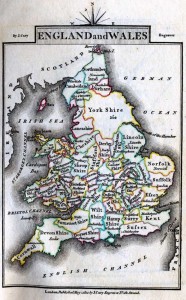 Each novel section begins with Cary’s 1812 map of England. From there, it identifies each county, town, and (when possible) street. Excerpts from contemporaneous travel guides highlight pages on individual towns. For example, Kearsley’s Traveller’s Entertaining Guide through Great Britain (1803) describes Oxford thus:
Each novel section begins with Cary’s 1812 map of England. From there, it identifies each county, town, and (when possible) street. Excerpts from contemporaneous travel guides highlight pages on individual towns. For example, Kearsley’s Traveller’s Entertaining Guide through Great Britain (1803) describes Oxford thus:
Oxford, a celebrated university and a bishop’s see. Besides the cathedral it has thirteen parish churches. It is seated at the confluence of the Thames and the Cherwell, on an eminence. The town is three miles in circumference, and is of a circular form. It consists chiefly of two spacious streets, crossing each other in the middle of the town. The university is said to have been founded by the immortal Alfred, receiving from him many privileges and large revenues . About the middle of the twelfth century public lectures of the civil laws were read here not more than ten years after a copy of Justinian’s Institutes had been found in Italy. In the reign of Henry III there were said to be fifteen thousand scholars. Here are twenty colleges and five halls several of which are in the streets and give the city and air of magnificence. The colleges are University, Baliol, Merton, Exeter, Oriel, Queen’s, New, Lincoln, All-souls, Magdalen, Brazenose, Corpus Christi, Christchurch, Trinity, St John Baptist’s, Jesus, Wadham, Pembroke, Worcester and Hertford. The halls are Alban, Edmund, St Mary’s, New Inn and St Mary Magdalen. The most ancient is University College founded before the year 872. Queen’s College resembles the Luxemburg Palace at Paris. Its west wing was destroyed by fire in 1778. New College has a beautiful chapel with painted glass windows. The cathedral belongs to Christ-church college which was begun by Cardinal Wolsey and finished by Henry VIII. The most distinguished libraries are those of
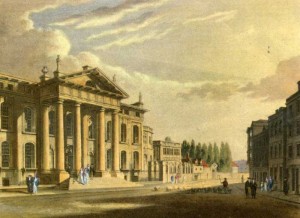
Clarendon Building, Oxford
All-Souls, New College, Christ-church, St John’s, Exeter, Corpus Christi and the Bodleian. Among other public buildings are the theatre, the Ashmolean Museum, the Clarendon printing house The Radcliffe infirmary and a fine observatory. All travellers agree in confessing there is not such another group of buildings nor such another university in the world. Magdalen Bridge is 526 feet long and of beautiful architecture. At Oxford king John , compelled by his barons, summoned a parliament to meet in 1258 the proceedings of which were so disorderly that it was known generally by the name of the ” mad parliament.” When Henry VIII suppressed the monasteries among the new Bishoprics he then erected was that of Oxford. Charles the first assembled a parliament in this city, in 1625 in consequence of the plague then raging in London; and in 1644 he summonsed such of the members of both houses as were devoted to his interests. This city was remarkably attached to that unfortunate king who here held his court during the whole civil war. It is governed by a mayor and corporation dependent upon the chancellor and vice-chancellor of the university.
And then suggests inns: Kings Head, Royal Oak, London Hotel.
Where possible, period engravings are included.
Even if you’re not reading Jane Austen’s divine novels, I think you’ll find some adventure, traveling through her country. Take a look.
To anticipate Jane Austen week here at Risky Regencies, I’m offering a Republic of Pemberley 2014 Amiable Rancor calendar to someone who comments on this post.





